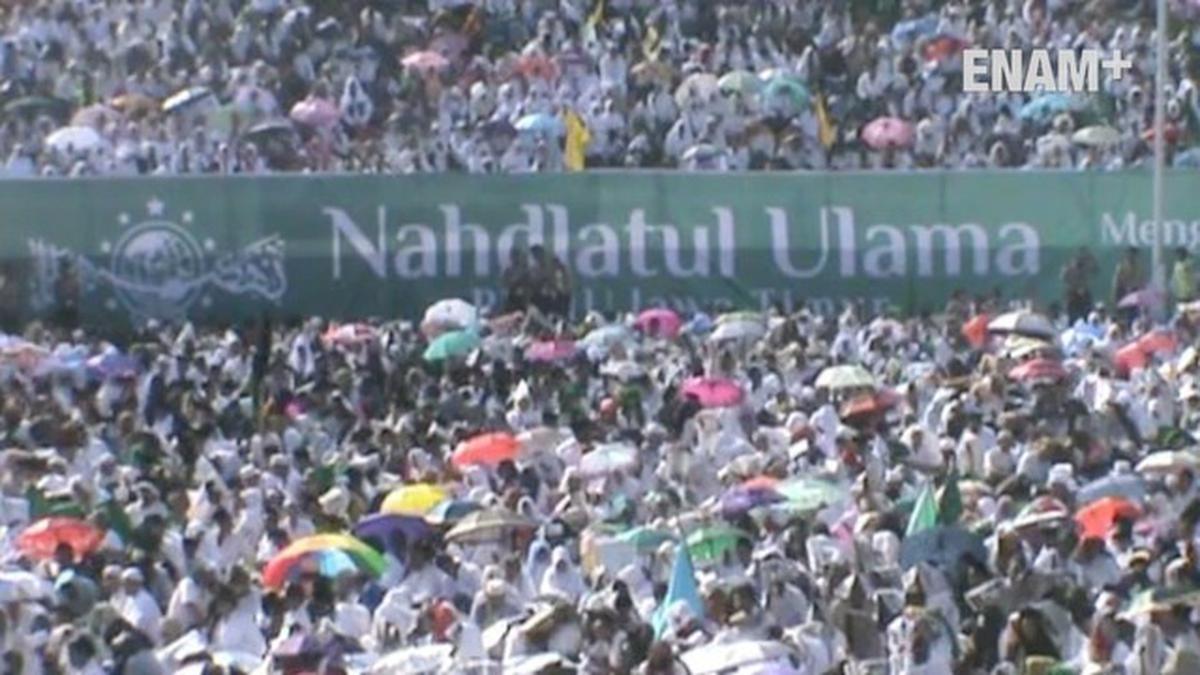Nahdliyin is not a singular entity. It has many faces and facets. It appears to carry a self-contradictory nature. While it adheres to the traditions of humility (tawaduk) and unquestioning obedience (sami’na wa ato’na) towards the kiai as central figures, diversity remains inherent within the Nahdliyin community, especially when it comes to preferences and political choices.

Therefore, if any political party or political force claims to have gained control or obtained the majority of votes from Nahdliyin or the Nahdlatul Ulama (NU) congregation, they are likely to be misled. Historical facts indicate that the votes of Nahdliyin have never been confined to a single political basket. They have always been scattered across nearly all political parties.

We can compare the data on the number of Nahdliyin with the electoral performance of NU-affiliated political parties or those claimed to be supported by NU. In Indonesia’s history, the first General Election (Pemilu) was held in 1955. At that time, NU had separated from Masyumi and formed its own political party, the NU Party, as a participant in the election.
In the 1955 election, the winner was the Indonesian National Party (PNI) with 22.32 percent of the vote. Second and third places were held by Masyumi with 7,903,886 votes (20.92 percent) and NU with 6,955,141 votes (18.41 percent). Although the NU Party ranked in the top three, this data shows that not all NU members cast their votes for the NU Party. Nahdliyin’s votes were spread far and wide, including to PNI and Masyumi, among other parties. If all Nahdliyin had voted for the NU Party, it would have secured between 30-40 percent of the vote. The assumption at the time was that 90 percent of Indonesia’s population was Muslim, and more than half of Indonesia’s Muslim population were Nahdliyin or affiliated with NU.








